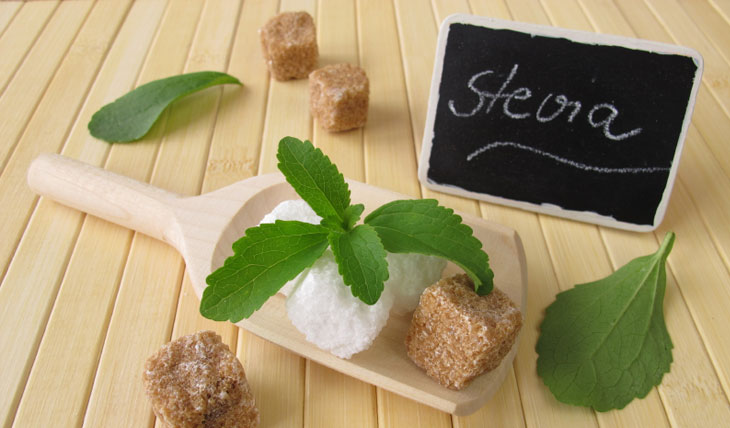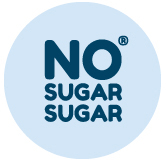Stevia Plant

The Stevia plant, which is commonly referred to as honey leaf plant, sweet chrysanthemum or sugarleaf, is originally from South America. The shrub grows in the Amambay Mountains at the border area between Paraguay and Brazil, and has been known by the indigenous people for many centuries.
In Germany, the Stevia seedlings and seeds can be bought at markets, garden centers or online shops. People without profound knowledge should opt for a seedling, because the cultivation of seeds is very time-consuming and care-dependent. The plant itself is small and bushy and shows similarity to basil. The Stevia plant can be planted in a big pot in the garden or on a balcony, where it should be positioned at a sunny place. The shrub has no tolerance for freeze, it has to be wintered someplace with more than +4° Celsius. The plant prefers a shift between moist and dry, as this boosts growth among the roots. Waterlogging should be prevented at all costs, this can result in bacterial wilt which causes the plant to die.
The leaves of the plant contain a sweetening power up to 300 times stronger than regular sugar, and taste slightly like licorice. The best time for harvesting the leaves is late-summer, right before the plant drops its leaves by itself. By plucking or cutting them with scissors they can be easily separated from the plant. Subsequently, the leaves need to dry in a slightly opened oven with a temperature of 50° Celsius. It’s crucial that the single leaves have enough space and do not touch each other. Once the leaves are dry, they can be powdered by using a mortar or a coffee grinder. This powder can be used to sweeten foods and beverages. Watch out: just a trace of Stevia powder equivalents one cup of regular sugar! Bigger pieces that were left during the grinding process can be used to sweeten drinks or stews.
For our product Erythritol+Stevia we use pure erythritol added with a small amount of stevia to come to a sweetening power of 100% compared to sugar.


